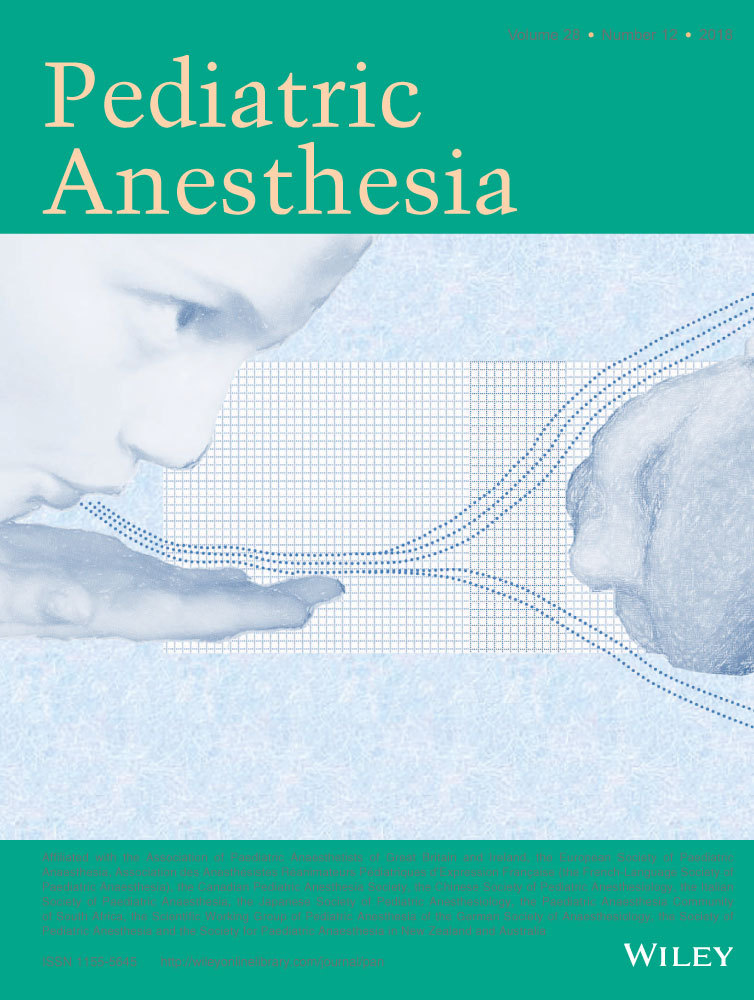Comparative evaluation of CMAC and Truview picture capture device for endotracheal intubation in neonates and infants undergoing elective surgeries: A prospective randomized control trial
Funding information:
The study was funded by departmental resources.
Summary
Background
Videolaryngoscopy has an established role in difficult airway management in adults. However, there is limited literature to support their efficacy in children. The Truview Picture Capture Device has shown promising results for endotracheal intubation in infants in the past. The CMAC videolaryngoscope has launched its novel infant Miller blade, but its performance has not been assessed clinically for routine intubation in infants and neonates. We hypothesized that the CMAC videolaryngoscope would reduce the total time to intubation as compared to the Truview Picture Capture Device in neonates and infants.
Methods
After parental informed consent, 80 prospective infants posted for surgical procedures under general anesthesia were randomized to undergo intubation with either of the two. The two videolaryngoscopes were also compared in terms of time required for glottis view and intubation (primary outcome), modified Cormack and Lehane grade, first attempt and overall success rate, ease of intubation, number of attempts, and any complications.
Results
The CMAC significantly reduced the time required for glottic view [8 s (5.25-9) vs 9 s (6.5-12); P = 0.02] and intubation [22 s (18-26) vs 26 s (21.5-32); P = 0.003]. The median difference (95% CI) for time to tracheal intubation and time to glottic view was 4 s (1-7) and 1 (0-4). It also improved the ease of intubation, the Cormack-Lehane grades, and first attempt success rate. Intubation with the CMAC was possible in 100% cases, whereas only 92.5% of patients could be intubated with the Truview. The failed intubations with the Truview could be successfully intubated with the CMAC.
Conclusion
The CMAC Miller blade reduced the total time taken for tracheal intubation and intubation difficulty as compared to the Truview Picture Capture Device and may be a better tool for intubation in infants.




